PCB PROTOTYPE MACHINE
MAKE DINESH SCIENTIFIC
DESCRIPTION
Prototyping circuit boards is done in the electronics industry using PCB (Printed Circuit Board) prototype machines, sometimes called PCB milling machines or PCB prototyping machines. These devices are made to precisely and swiftly build printed circuit boards (PCBs) for testing and validation prior to mass production. An outline of a PCB prototype machine is as follows:
DESIGN AND STRUCTURE:
- Frame: Usually, the machine is made out of a robust chassis or frame that holds up the many parts.
- Work space: A work space is provided for securing the PCB material in preparation for milling or etching.
SYSTEM OF CONTROL:
- Microcontroller/Processor: The machine has a microcontroller or processor installed, which manages the machine’s movements and functions.
- User Interface: The operator can set parameters and operate the machine using the user interface, which typically consists of a display screen and input controls.
Mechanism of Milling/Engraving:
- A milling head or spindle is a device that rotates and is fitted with an end mill or other cutting tool to remove material from the PCB substrate.
- Z-Axis Control: This feature of the machine lets you modify the depth of cuts by controlling the milling head’s vertical movement.
PCB MATERIAL MANAGEMENT:
- Workholding: During the milling or engraving operation, the PCB material is held in place by a mechanism on the machine. Clamps, vacuum tables, and other fastening techniques might be used for this.
SYSTEM OF MOTION:
- X, Y, Z Axes: In order to precisely adhere to the PCB design standards, the machine usually moves the milling head in the X, Y, and Z axes.
PCB DESIGN CONTRIBUTION:
- Data Input: The device receives input in the form of Gerber-formatted PCB design files, which typically contain specifications for the circuit’s pads, traces, and other characteristics.
TECHNICAL DETAILS:
| MODEL | DS-PCB-1000 |
| Type of Operation of PCB Machine | Automatic |
| Tool Change Operation | Manual |
| Operations Performed by the Machine | Drilling, Engraving, and Routing |
| Bits included with PCB Proto Type Machine | Drilling |
| Minimum Drill Diameter in mm | 0.2 mm |
| Drill Depth Sensing and Adjusting | Yes |
| Software for Import of Design | Compatible with G code |
| Operating Temperature Range | 10°C to 40°C |
| Operating Humidity | 90% |
| Size of Tool Holder/Collet | One-fourth inch |
| Working Area (X Axis) | 300 millimeters |
| Working Area (Y Axis) | 400 millimeters |
| Working Area (Z Axis) | 50 millimeters |
| Resolution | 0.1 micrometers |
| Minimum Trace Width | 0.2 millimeters |
| Maximum Working Speed | Over 1000 millimeters per second |
| Diameter of engraving bit in mm | 0.1,0.2,0.3,0.4,0.5 mm |
| Drill Bits supplied with the Machine | 20 |
| Spindle Speed in RPM | 24000 RPM |
| Angle of engraving bit in degree | 60 |
| Diameter of routing bit in mm | 1,1.5,2,2.5,3 |
| Quantity of Routing Bit | 5 Bit |
| Drilling number of stroke per minute | 50 |
| Diameter of Drill bit in mm | 0.3,0.4,0.5,0.6,0.7,0.8,0.9,1,1.1,1.2,1.3,1.4,1.5,1.6,1.7,1.
8,1.9,2,2.1,2.2,2.3,2.4,2.5,2.6,2.7,2.8,2.9,3,3.1,3.2,3. 3,3. 4,3.5 |
| Interface with PC | USB |
| Input Power Supply Voltage | 220V |
| Quantity of Engraving Bit | 2,4,6,8,10 |




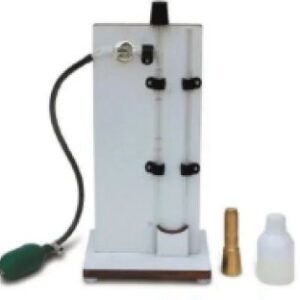
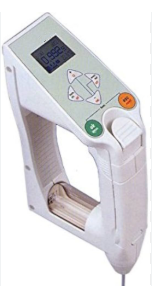
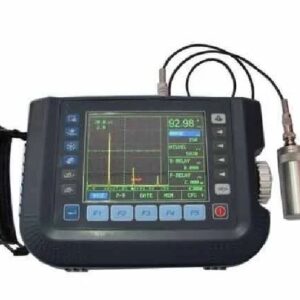
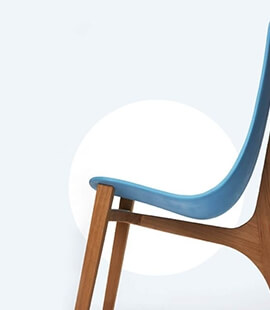





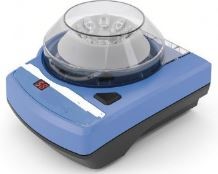

Reviews
There are no reviews yet.